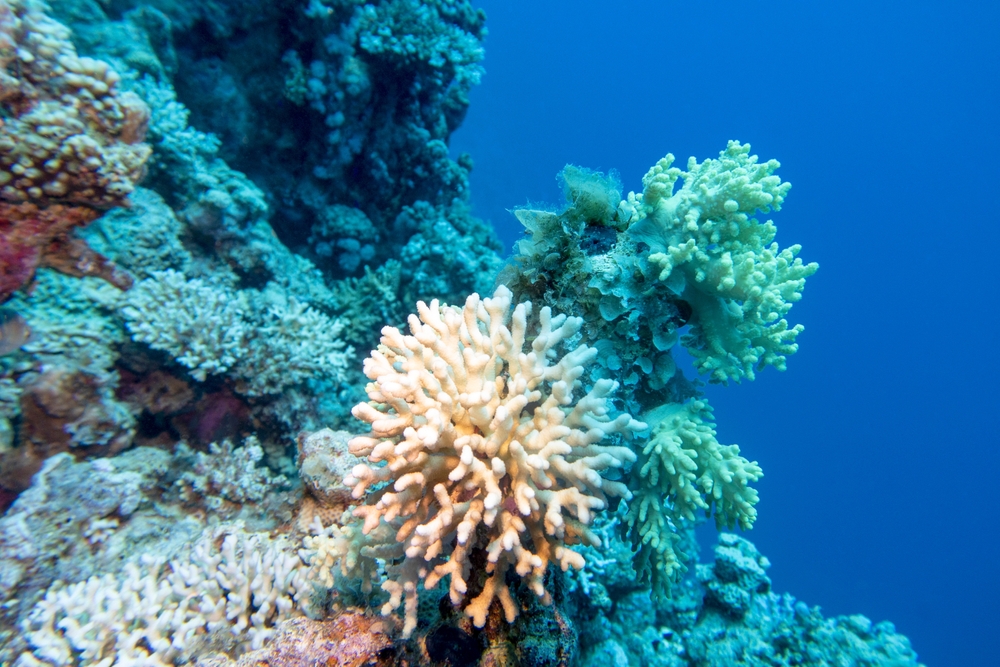Despite its remarkable properties as a building material, concrete has a dangerous environmental footprint. Cement – the main ingredient for making concrete – is solely responsible for 6 percent of the world’s human-made carbon emissions. And while researchers have sought alternative means of production that would make building materials more eco-friendly, they have been unable to recreate cement’s durability. That is, until now.
Engineers at the University of Colorado, Boulder, have managed to develop a type of concrete that is both alive and can even reproduce. The material is the result of combining sand with cyanobacteria – a type of bacteria that obtains energy through photosynthesis.
To bind the two ingredients together, the researchers added hydrogel to the mix, which also provided moisture and nutrients for the bacteria, allowing them to grow and mineralize. The end result was a substance similar in strength to concrete-based mortar.
What’s especially remarkable about this novel material is the bacteria’s ability to remain alive and reproduce. When the researchers cut a brick in half, it grew into two complete bricks with the addition of a bit of sand, hydrogel, and nutrients.
While the findings are not short of limitations – the concrete has to be kept at or above 50 percent relative humidity so that the bacteria can live – the innovation is a starting point for making brand new eco-friendly building materials that could overhaul this heavily polluting industry.












